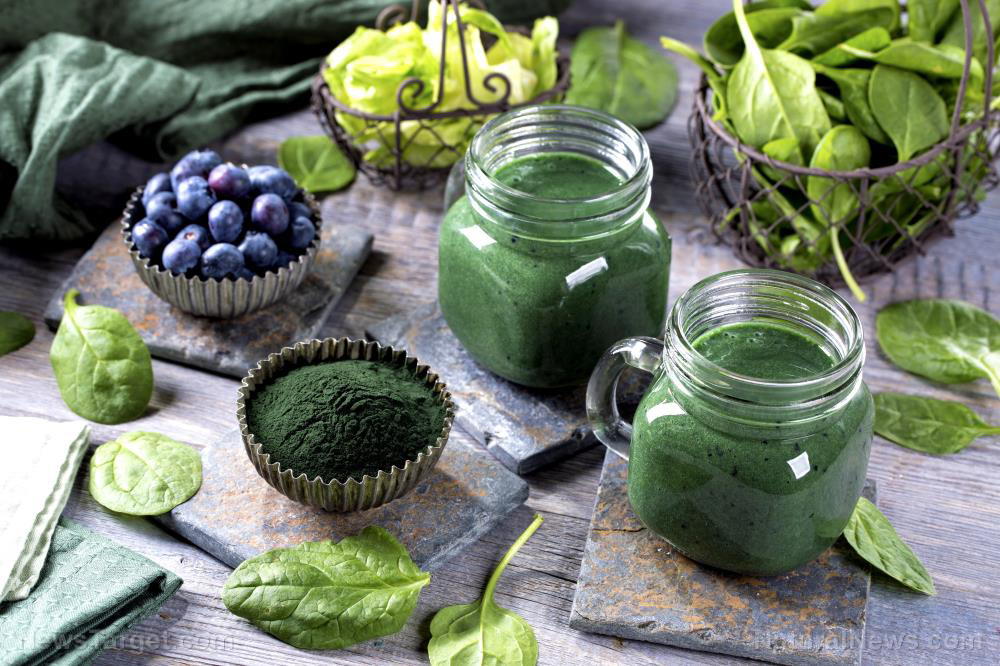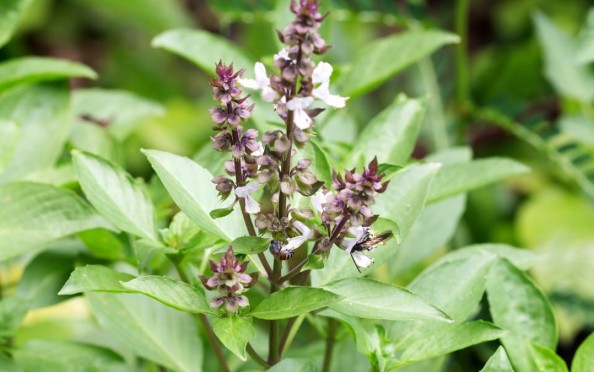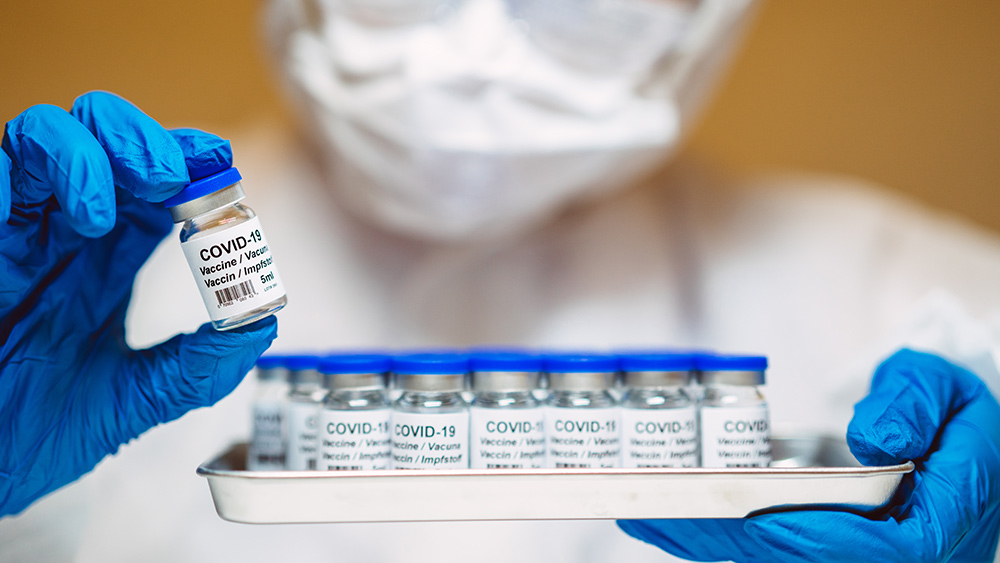 Parler
Parler Gab
Gab
- Ancient origins: Calendula has been used for medicinal purposes since ancient Roman times.
- Modern science: Recent research confirms its anti-inflammatory, antibacterial and wound-healing properties.
- Versatile applications: Calendula is effective for skin conditions, oral health and cancer treatment side effects.
- DIY home remedies: Making calendula-infused oil is a simple and effective way to harness its benefits.
- Precautions: Allergic reactions and interactions with certain medications should be noted.
An ancient remedy backed by modern science
Calendula has a rich history in herbal medicine, with its use documented by ancient healers. The Greek physician Pedanius Dioscorides noted in his writings that applying calendula seed pods to wounds aids healing and that internal use treats digestive tract disorders. Hildegard von Bingen, a 12th-century mystic and herbalist, wrote that calendula has detoxifying effects and can be boiled in water or infused in wine to treat food poisoning. Modern research aligns with these ancient observations. Calendula contains a variety of bioactive compounds, including flavonoids, triterpenoids, glycosides, saponins and carotenoids, which contribute to its diverse biological effects. These compounds are responsible for its anti-inflammatory, antibacterial and wound-healing properties.Skin healing and beyond
Erica Kuo, a registered herbalist and clinical aromatherapist, shared her personal experiences with the healing properties of calendula. When her son fell off his bicycle and developed a coin-sized wound on his chest, Kuo applied a calendula salve. The wound healed without infection, leaving only a faint pink line. Kuo also used calendula-infused oil to treat her long-standing skin allergies and sensitivities, which had been exacerbated by commercial products. Versatile applications:- Wound healing: Calendula salves can accelerate wound healing and prevent infection.
- Skin allergies: Calendula-infused oils can soothe and heal skin allergies.
- Acne scars: Blending calendula-infused oil with rosehip and raspberry seed oils can effectively fade acne scars.
- Diaper rash and eczema: Clients have reported positive results using calendula for diaper rash and eczema.
- Keloids: Calendula can help flatten and reduce the appearance of keloid scars.
Oral health benefits
Beyond its skin-healing properties, calendula’s anti-inflammatory and antibacterial properties make it highly effective for treating periodontitis and oral ulcers. Research has shown that calendula extract reduces bone loss around teeth caused by periodontitis. Calendula hydrosol can effectively treat oral ulcers and control bleeding following dental procedures, making it a valuable tool in oral health.Relief for cancer treatment side effects
Calendula can alleviate symptoms of oral and mucosal ulcers, particularly in cancer patients undergoing treatment. Head and neck cancer patients often suffer from severe oral mucosal damage due to chemoradiotherapy, making eating and swallowing excruciating. Calendula officinalis products can significantly reduce these symptoms, enhancing patient comfort. For breast cancer patients, calendula can help manage radiation dermatitis. A French study found that calendula was effective in preventing grade 2 or higher acute dermatitis, suggesting its use in postoperative radiotherapy for breast cancer. Kuo noted that her clients who used calendula ointment after radiotherapy experienced relief from dermatitis and a noticeable fading of skin pigmentation.How to choose the right calendula product
The quality of calendula products on the market varies significantly. Erica Kuo emphasizes the importance of considering the product form, ingredient concentration and storage and processing methods when selecting a calendula product. Product types:- Ointments: Best for treating scars and skin conditions requiring prolonged penetration.
- Oils: Ideal for long-term skin care and pregnancy massage.
- Water-based products: Suitable as facial toners for quick absorption.
- High-concentration oil-based or ointment products: Recommended for effective healing.
- Commercial lotions: May contain only 1-2% calendula, with the rest being water, surfactants, or fragrance.
- Quality control: Avoid products that have been irradiated or fumigated, as these processes can degrade the herb’s potency.
A time-honored remedy shining in modern medicine
Calendula is a testament to the enduring wisdom of ancient herbal medicine, supported by modern scientific research. This radiant flower continues to offer a natural, gentle and effective solution for a wide range of health issues, from skin healing to cancer care. As the world increasingly turns to natural remedies, calendula stands out as a powerful and versatile ally in the pursuit of holistic health. Sources for this article include: TheEpochTimes.com PubMed.com ScienceDirect.com DrAxe.comInvisible threats to brain health: How common foods may speed cognitive decline
By Willow Tohi // Share
Chris Kresser’s “Unconventional Medicine” explores the future of healthcare – FUNCTIONAL MEDICINE
By Kevin Hughes // Share
Beyond smoothies: Unexpected ways you can cook with spirulina powder
By HRS Editors // Share
Unveiling the truth: Gary Null’s “Complete Guide to Health and Nutrition”
By Belle Carter // Share
Governments continue to obscure COVID-19 vaccine data amid rising concerns over excess deaths
By patricklewis // Share
Tech giant Microsoft backs EXTINCTION with its support of carbon capture programs
By ramontomeydw // Share
Germany to resume arms exports to Israel despite repeated ceasefire violations
By isabelle // Share










